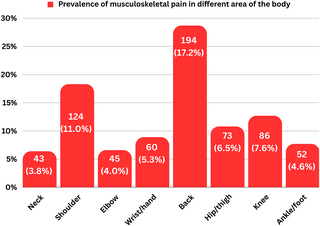1Laboratorio de Fisiología, GIP Exercice, CHRU Saint-Étienne (Francia.
2CERB, HIA Saint-Étienne (Francia)..
3Federación Francesa de Atletismo.
Resumen
Diecisiete corredores (cinco mujeres y doce hombres), pertenecientes a la élite francesa del medio fondo, han participado en el mismo período para la medición de su máxima velocidad aeróbica (VMA) tras ciclismo y de su máximo consumo de oxígeno (VO2max) en la cinta andadora. La correlación entre los resultados de estas dos pruebas es significativa (r=0,57, p<0,02) pero insuficiente para realizar una estimación correcta del VO2max a partir de la VMA en un grupo tan homogéneo. Por otra parte, la aplicación de la ecuación de Léger y Boucher llega a una sobreestimación casi sistemática del VO2max. Esta superestimación y esa mediocre correlación muestran la intervención simultánea de dos fenómenos:
- las diferencias individuales de la economía de carrera, que alcanzan un 15% entre los dos valores extremos del grupo y son, de todos modos, superiores al valor medio dado por Léger y Boucher (este inconveniente puede mitigarse no convirtiendo las velocidades medias en VO2max).
- la superación de la máxima velocidad aeróbica, que se traduce en un valor elevado de la concentración sanguínea de lactato medido al final de la prueba.
Sin embargo, estos dos factores, si se cruzan con la estimación del máximo consumo de oxígeno, hacen de la VMA una excelente comprobación del rendimiento en el medio fondo (r=0,96, p<0,01).




Abstract
Seventeen athletes (five women and twelve men), belonging to the French elite of middle-distance running, underwent tests conducted in field and laboratory conditions over the same time period to have their maximal aerobic velocity (Vmax) measured after an outdoor cycling test and their maximal oxygen uptake (VO2max) measured after a laboratory treadmill test. The correlation between the results of these two tests is significant (r=0.57, p<0.02), though insufficient to make a correct estimation of the VO2max from the Vmax in such a homogeneous group. Moreover, the application of the Léger and Boucher equation gives an almost systematic overestimation of the VO2max. This overestimation and mediocre correlation reflect the simultaneous interplay of two phenomena:
- the individual differences in running economy, which register 15% between the lowest and the highest values of the group and are, in any event, greater than the average value given by Léger and Boucher (this problem can be mitigated by not converting the average velocities into VO2max).
- the surmounting of the maximal aerobic velocity, which translates into a high value of blood lactate concentration measured at the end of the test.
Should, however, the data from these two factors coincide with the estimate of the maximal oxygen uptake, they would make the Vmax an excellent verification of performance in middle-distance running (r=0.96, p<0.01).
REFERENCIAS

Nutrición para el ciclismo de montaña y el ciclocross
Resumen El Union Cycliste Internationale reconoce varias disciplinas de ciclismo de montaña (MTB),...

¿Por qué entrenamiento de resistencia de baja intensidad para atletas?
Resumen Los atletas de resistencia priorizan la mayor parte de su entrenamiento en zona de baja...

Volumen de entrenamiento y cambios de frecuencia de entrenamiento asociados con el rendimiento de la carrera de maratón de Boston
Resumen Antecedentes: El entrenamiento físico influye en el rendimiento competitivo del maratón,...

Prevalencia y predictores de lesiones musculoesqueléticas entre los miembros del gimnasio en Bangladesh: un estudio transversal a nivel nacional
Resumen Antecedentes Participar en el ejercicio físico es ventajoso para mantener una salud...
Recuperación física y mental para futbolistas: consideraciones y enfoques para una mejor práctica
Resumen El aumento de las demandas fisiológicas en el fútbol femenino de élite junto con las...
